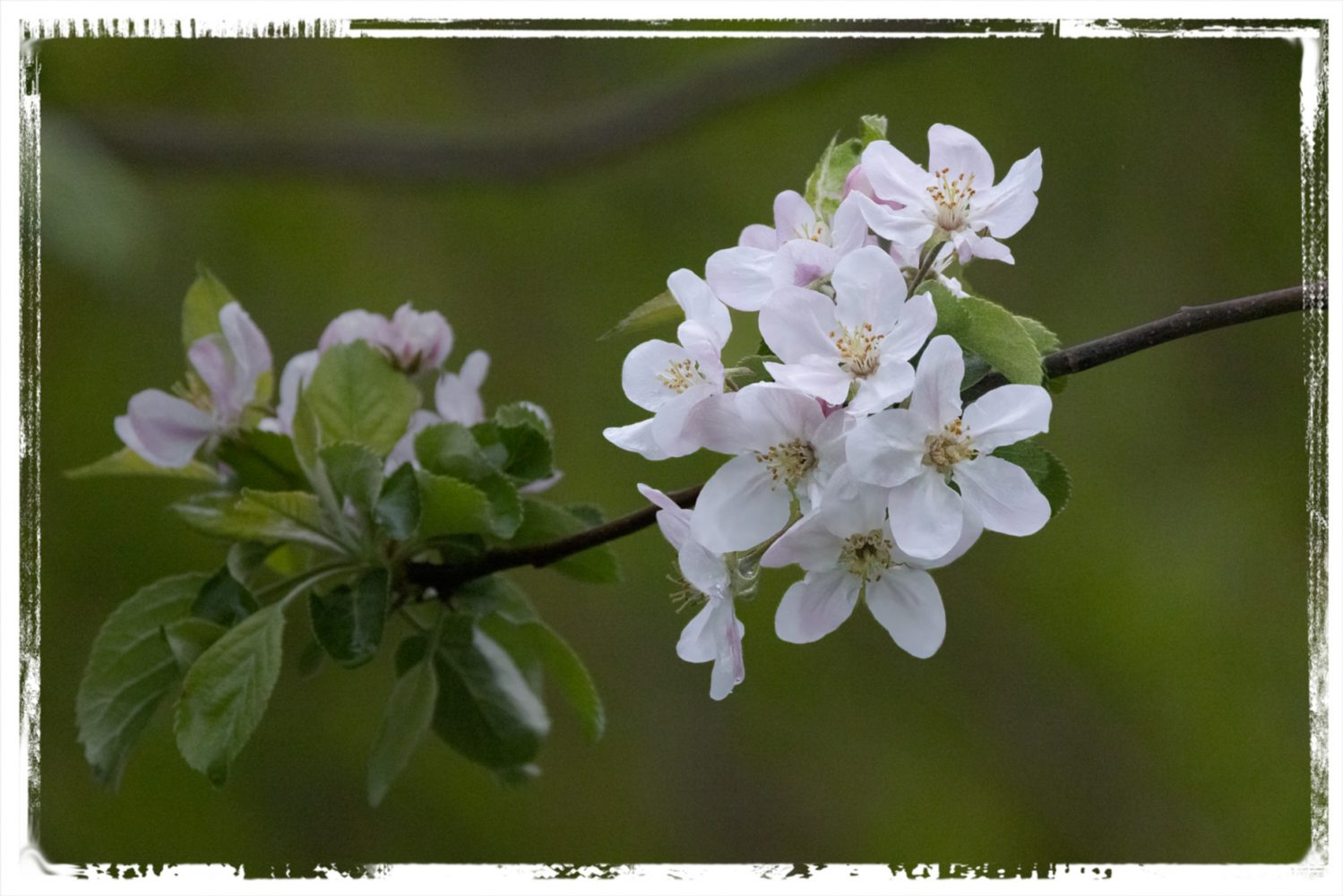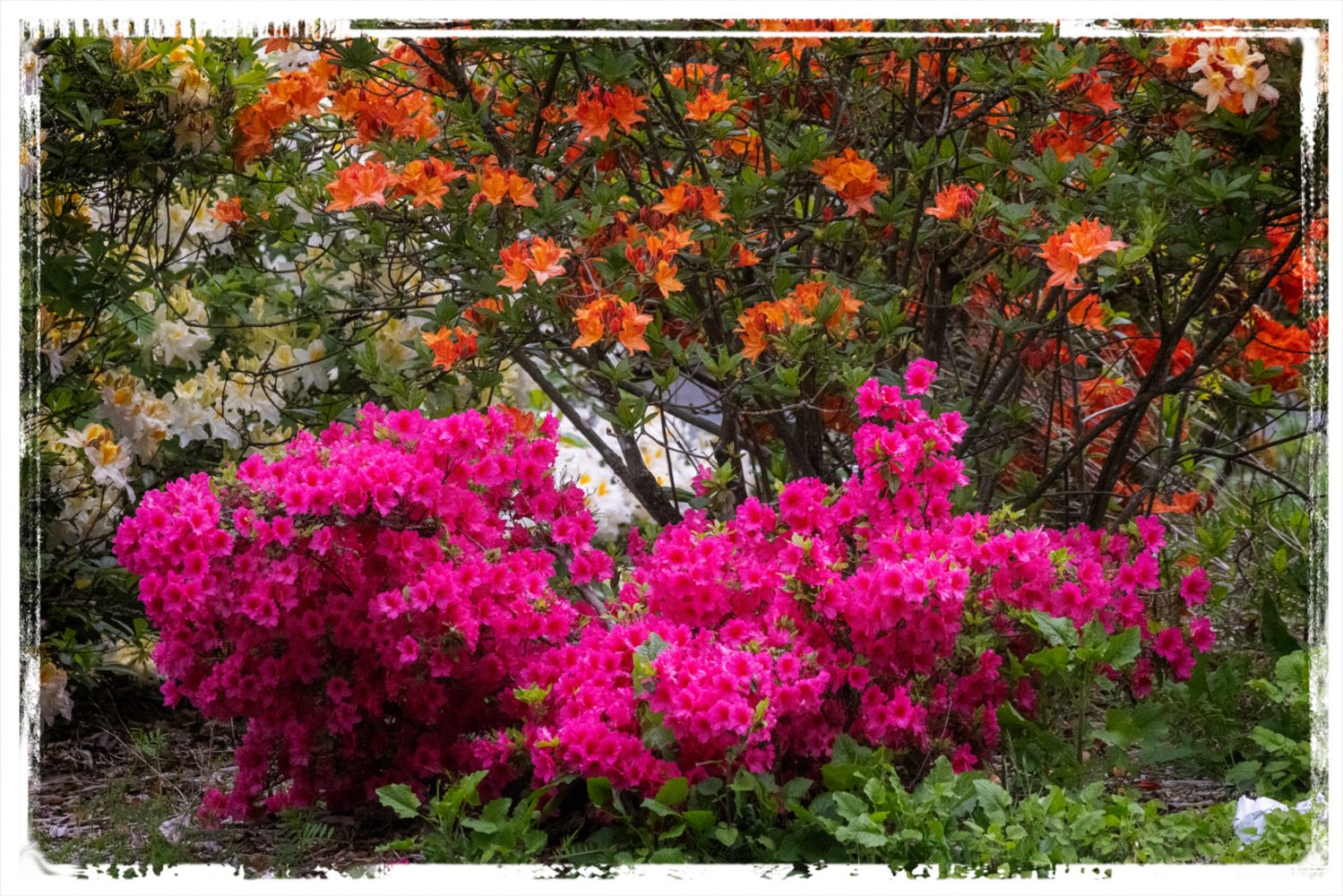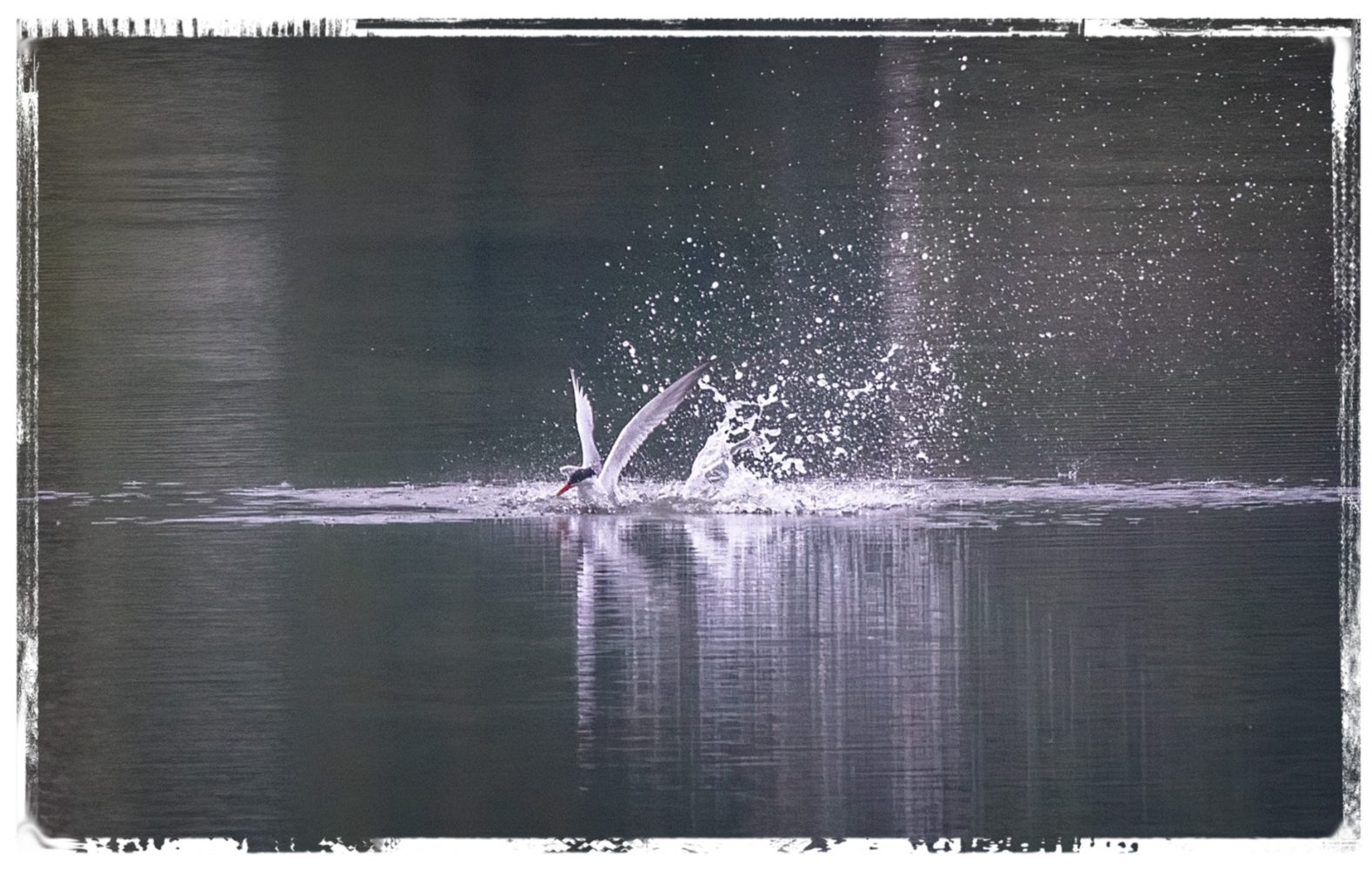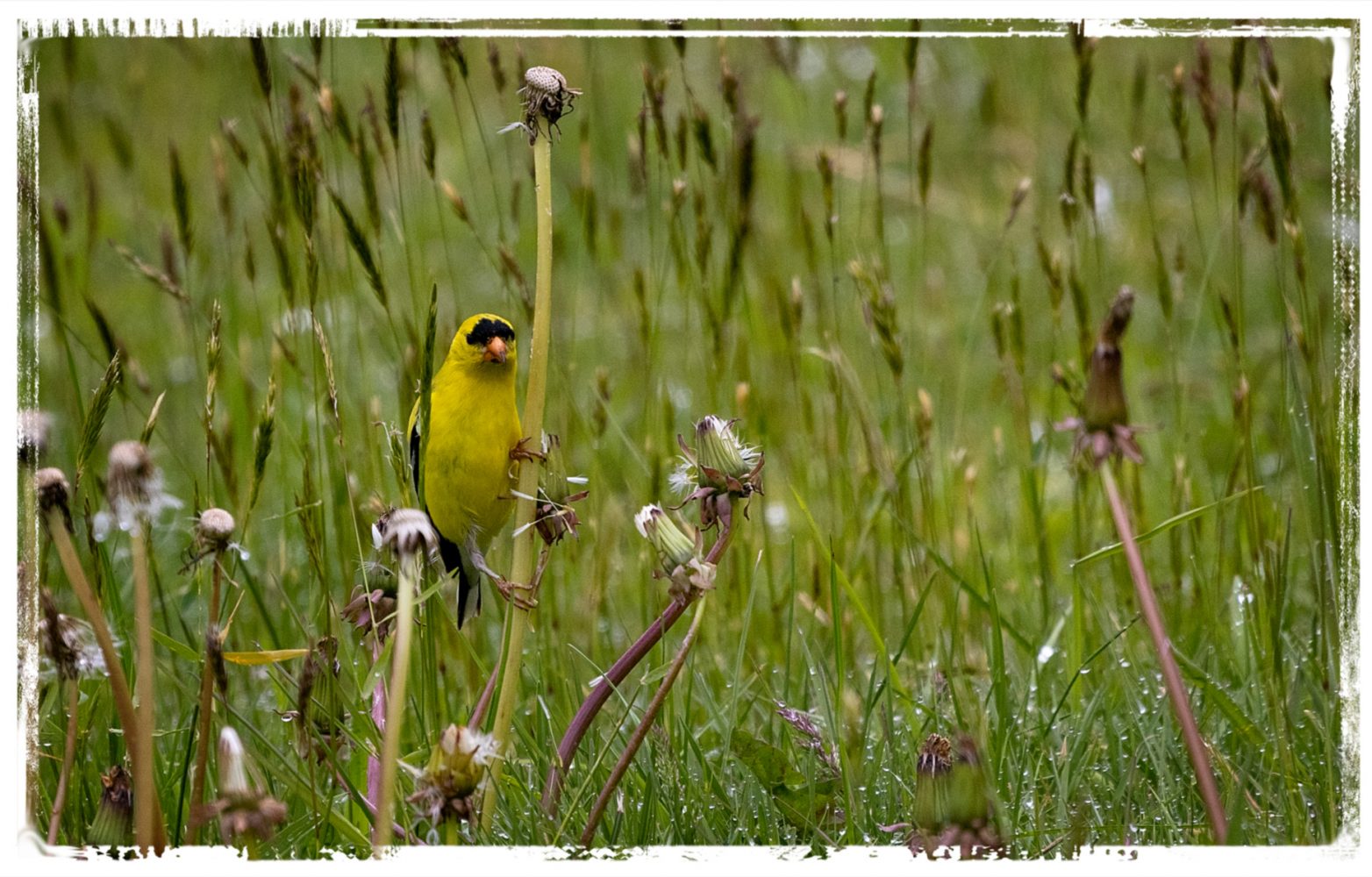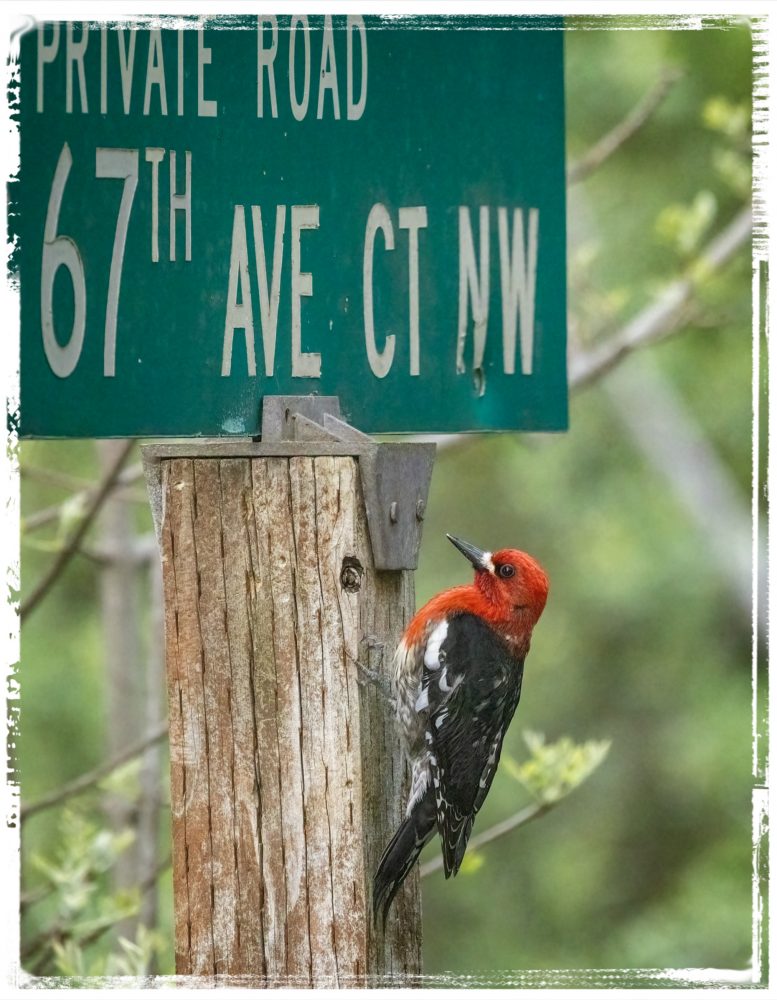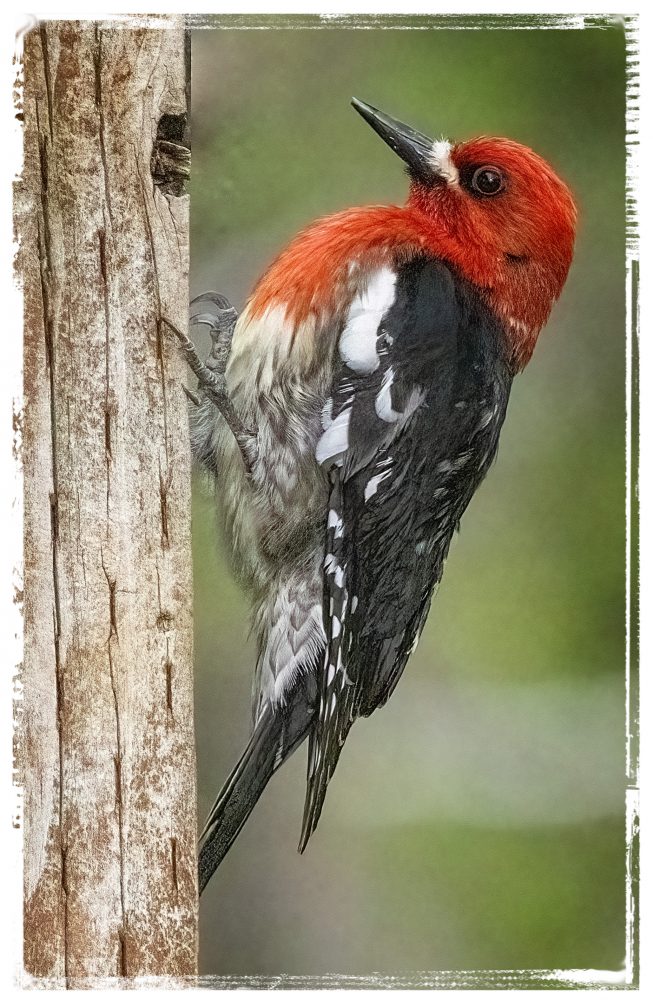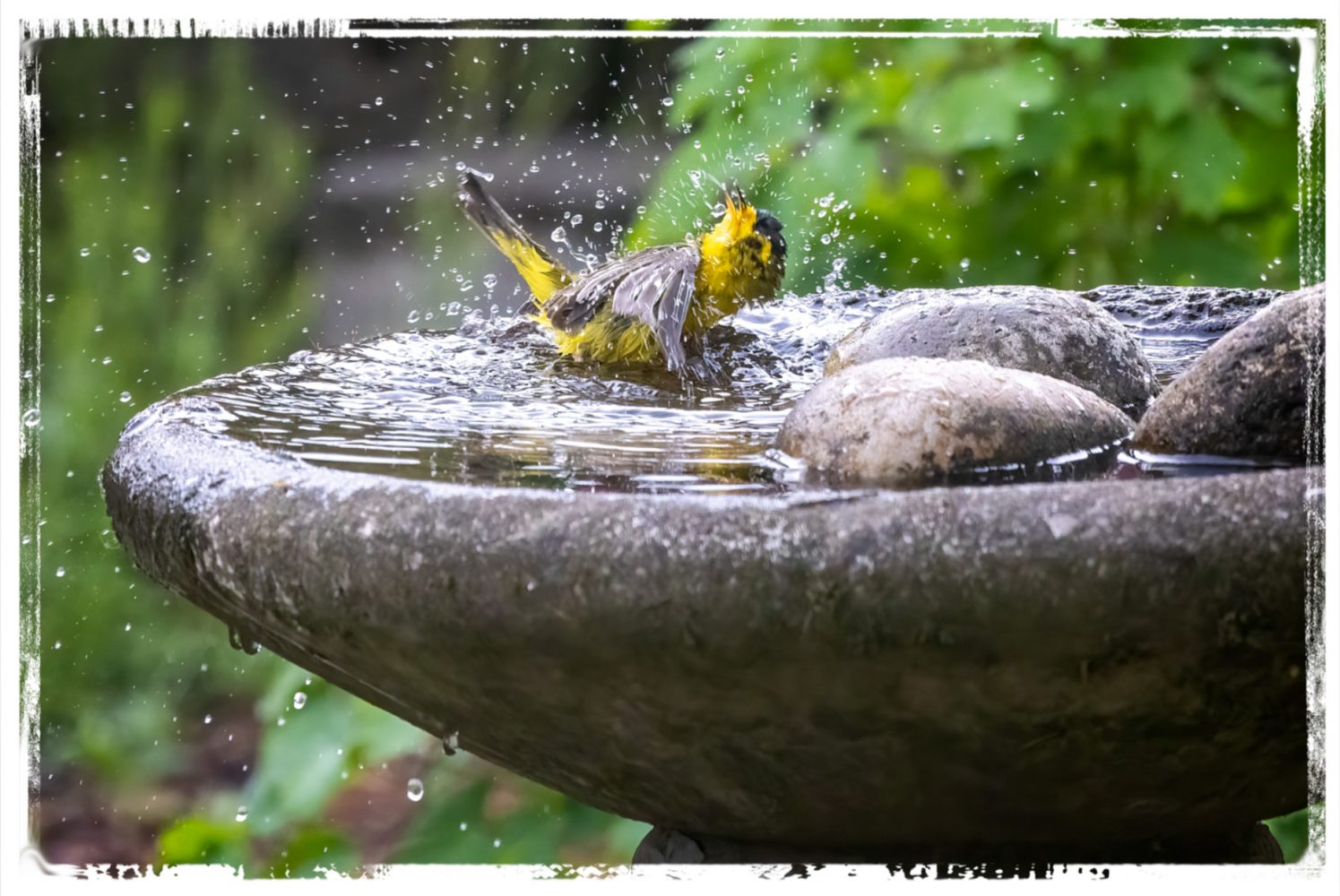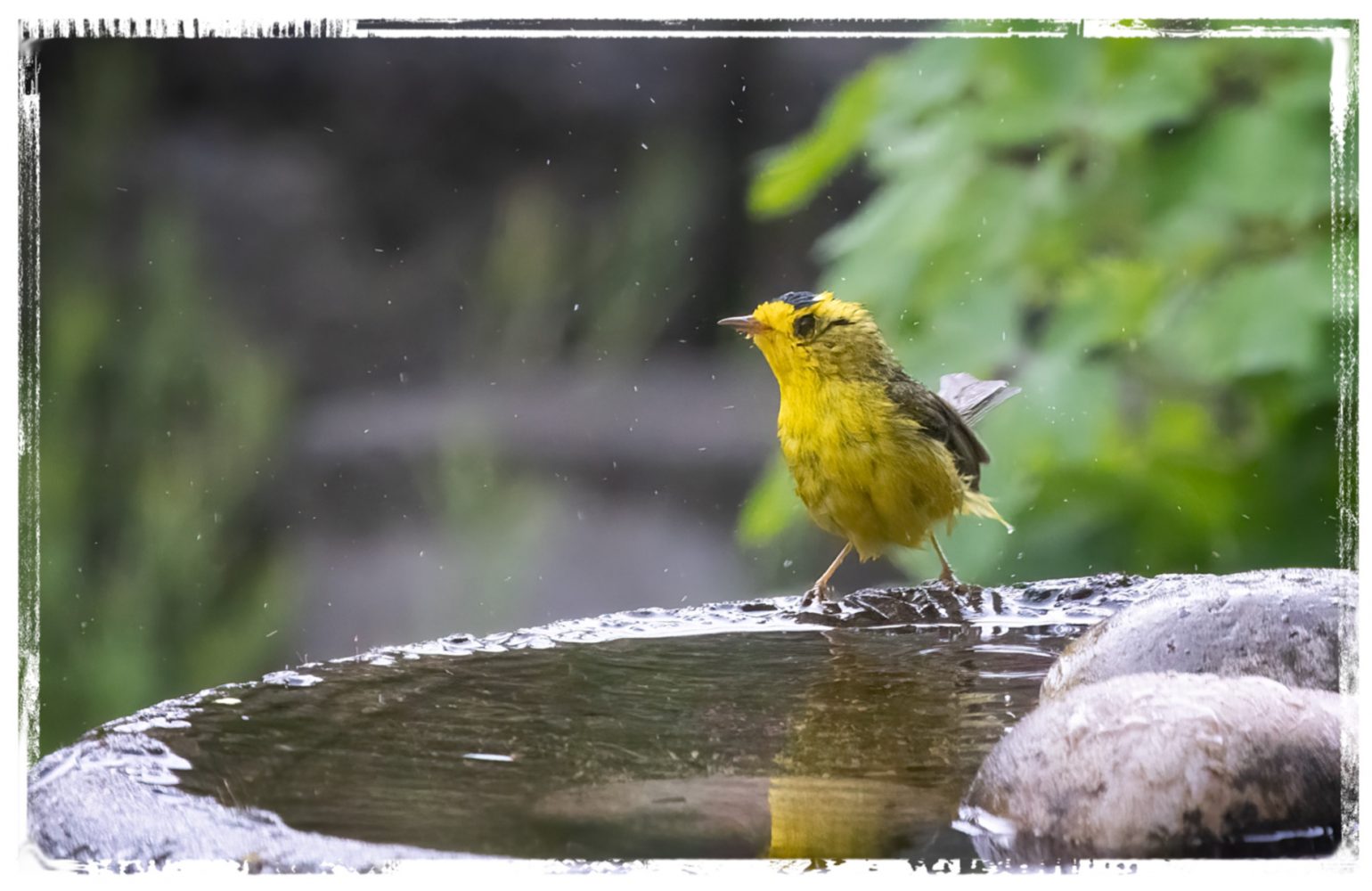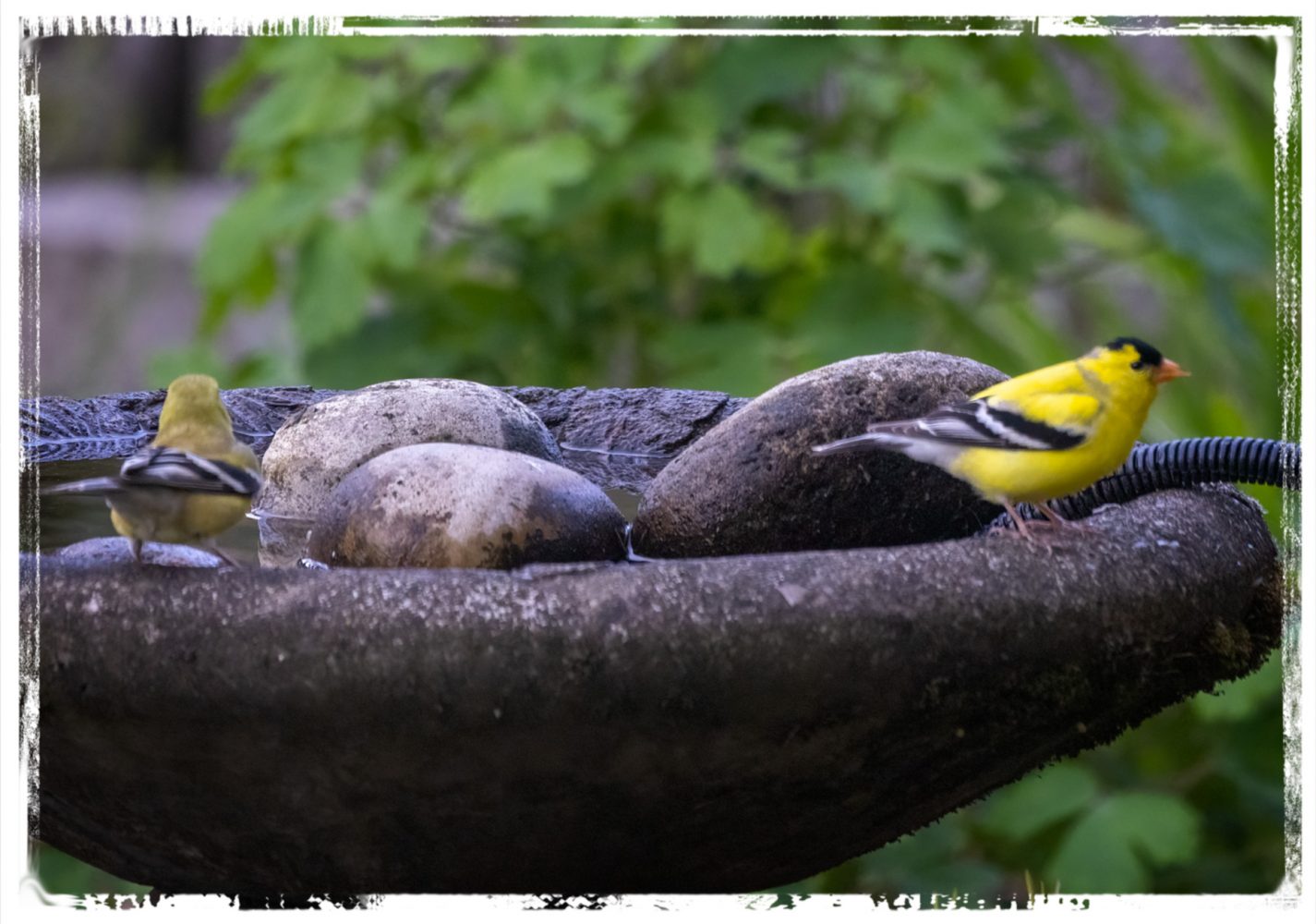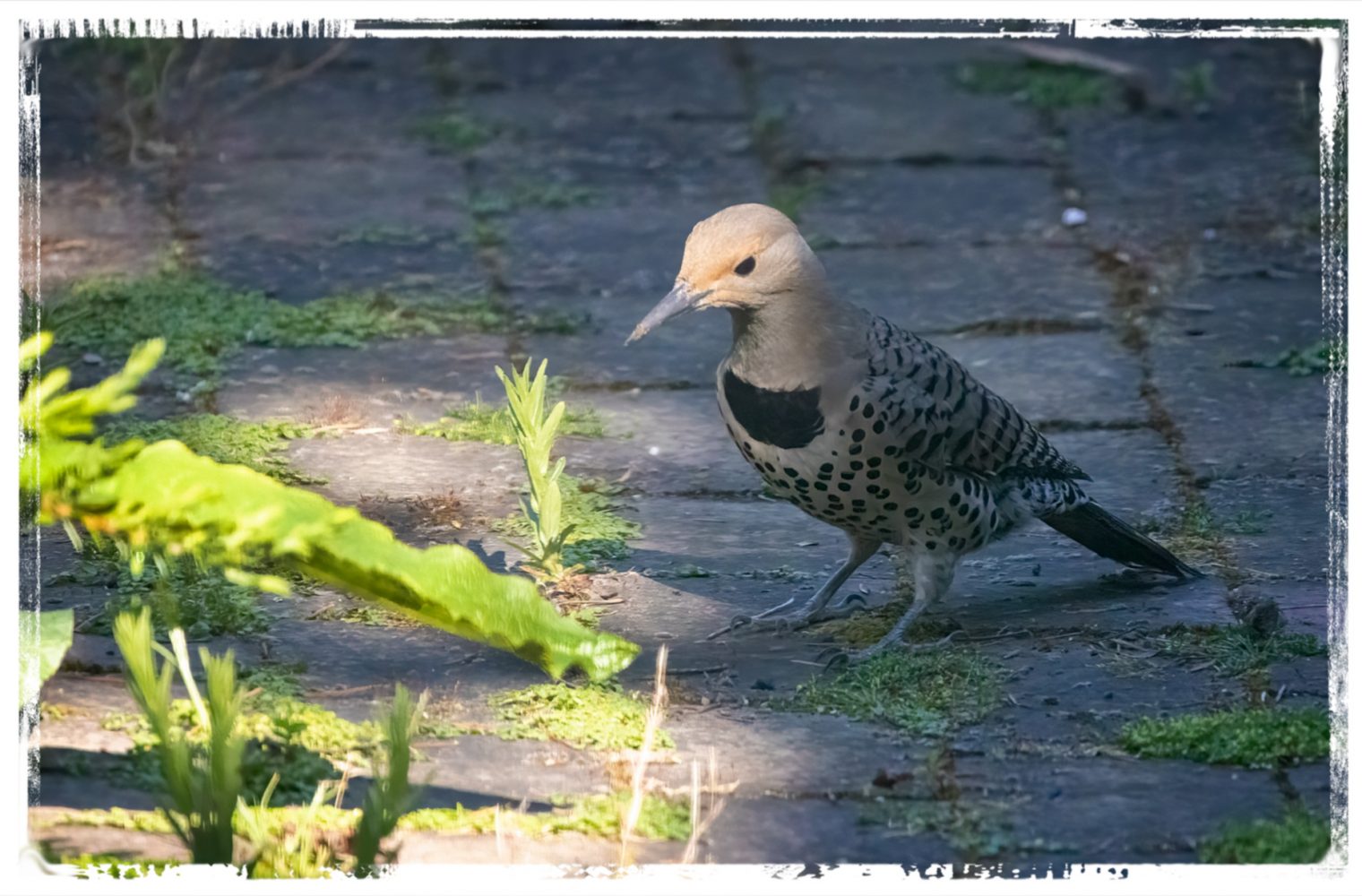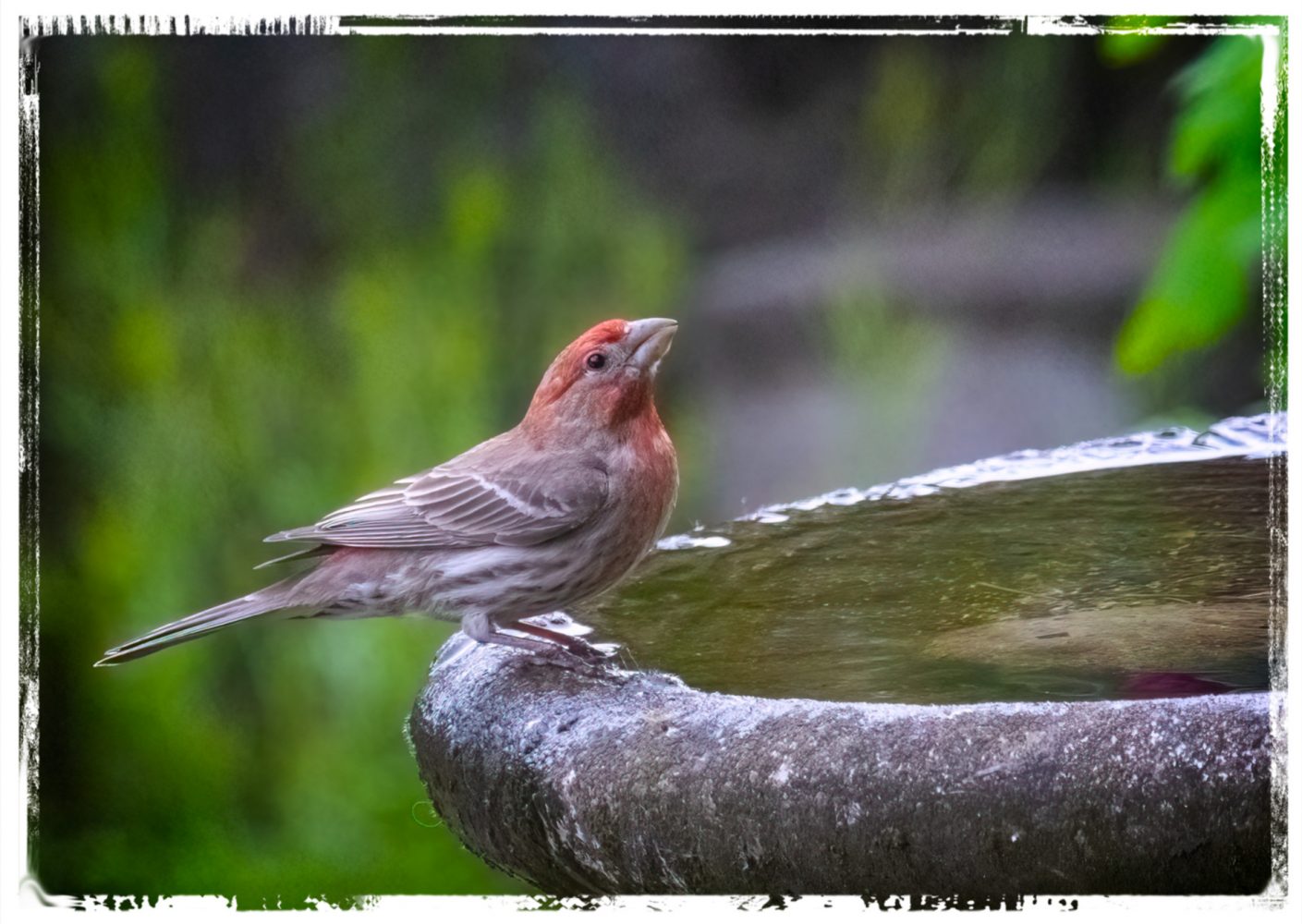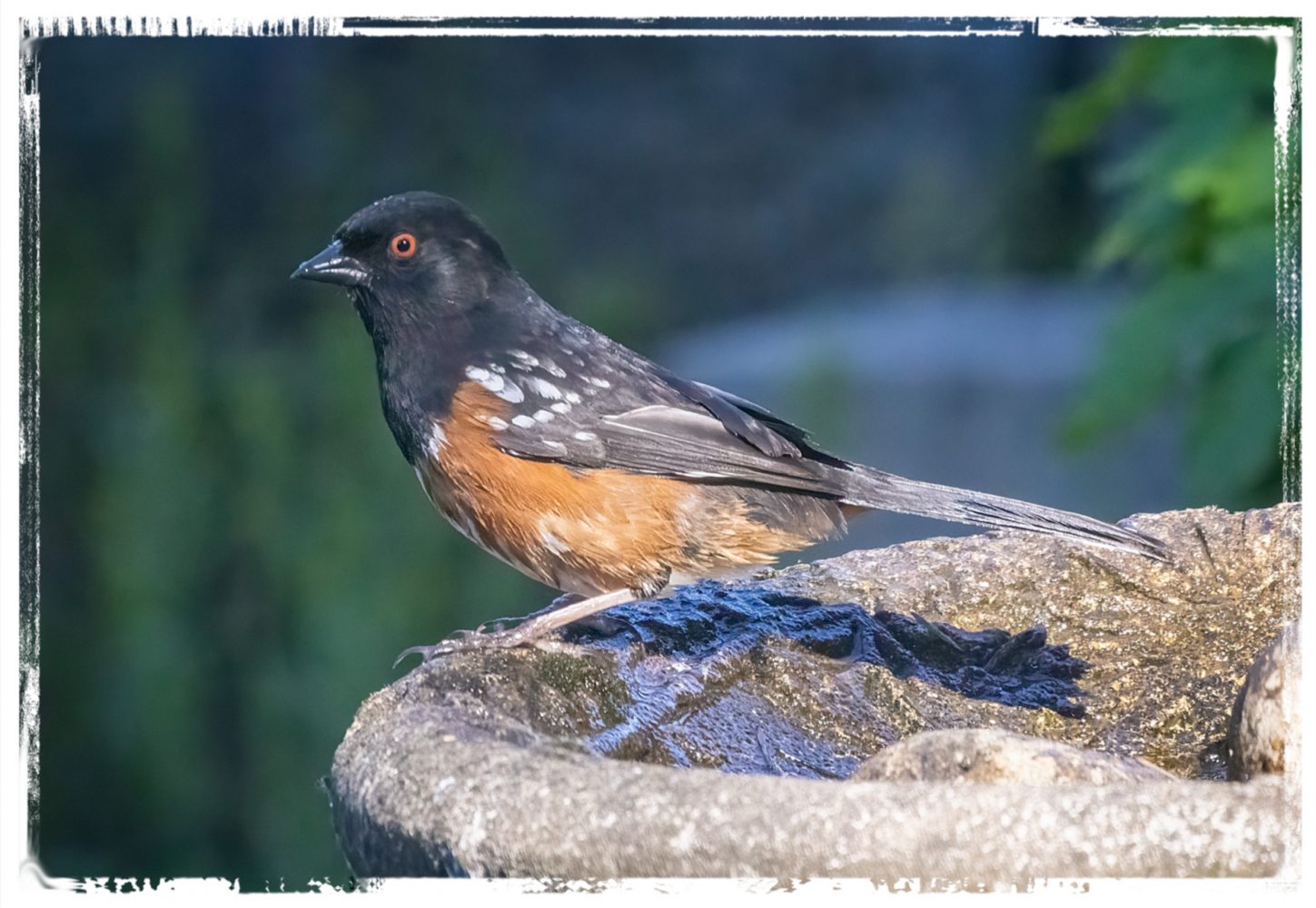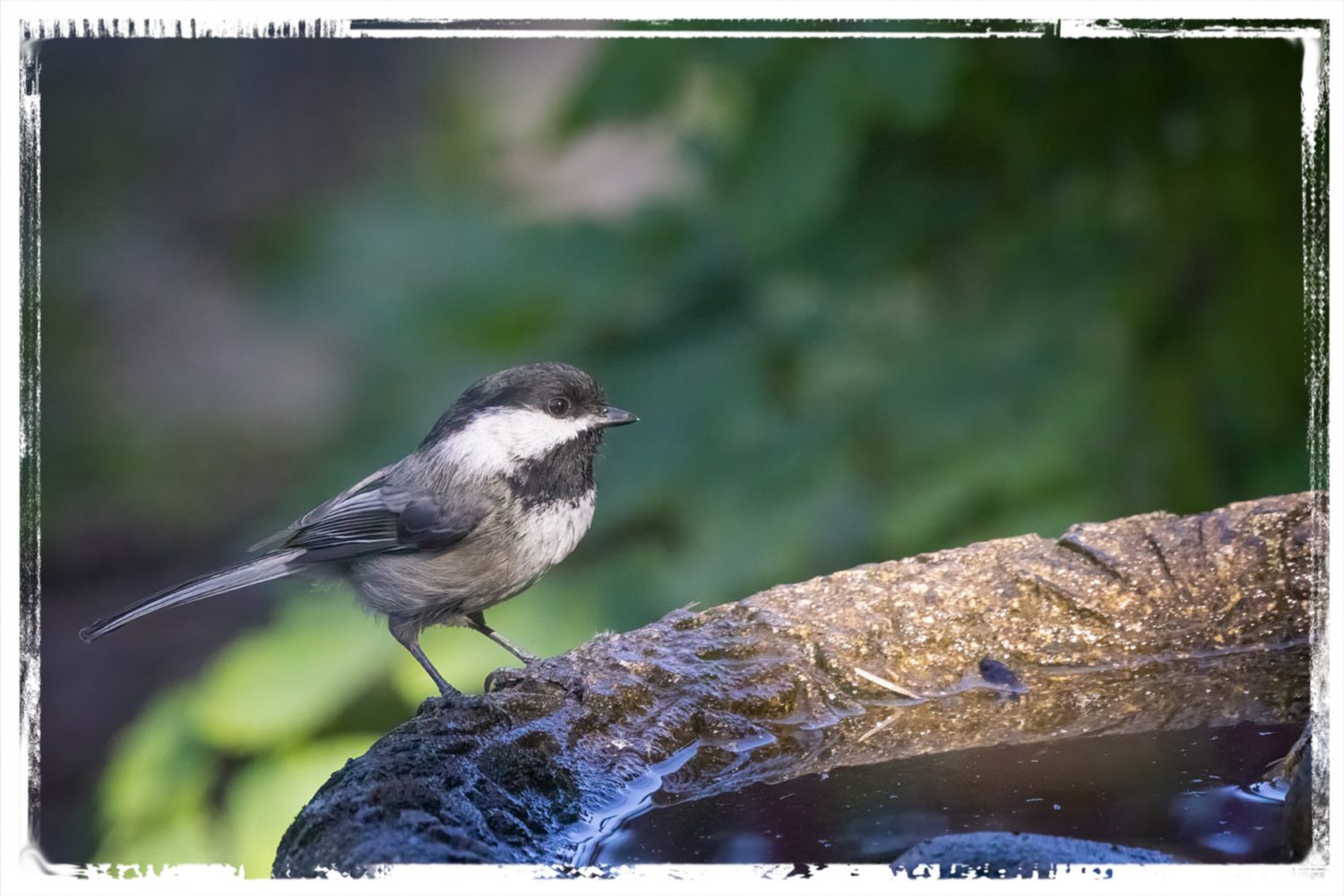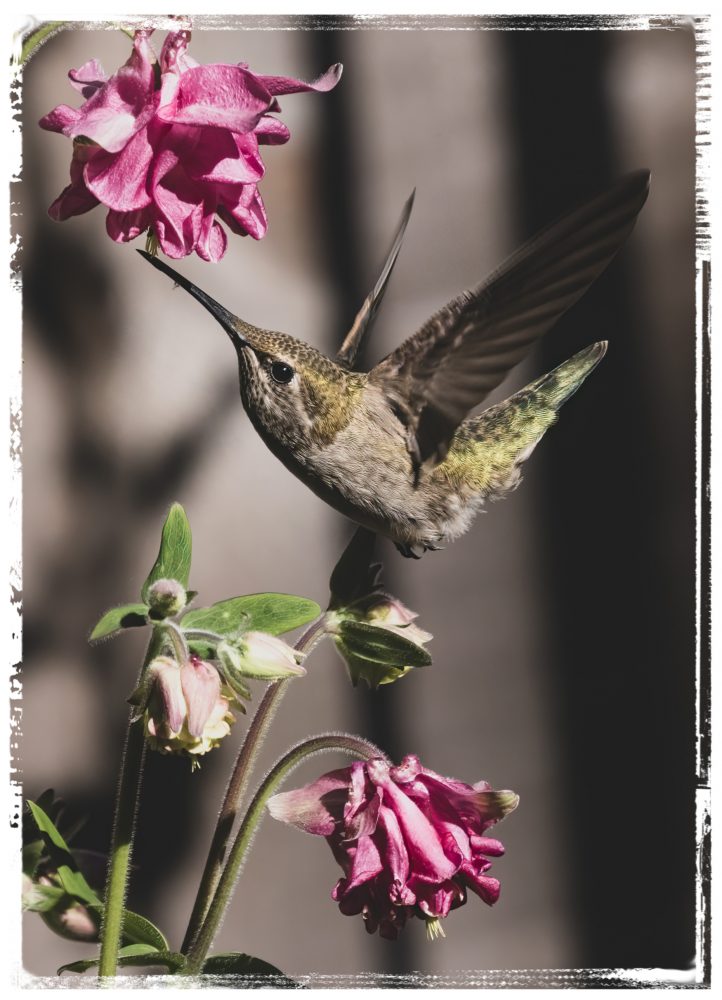I just finished reading the last of the poetry books I bought in Port Townsend a couple of years ago. Both of these books are by local poets, but that is about the only thing they seem to have in common, except for a word I had never encountered before: “equipoise.” In fact, I’m pretty sure that is why I bought Kathleen Halme’s Equipoise — that and the exquisite cover and eloquent fonts. The other book is Songs for a Summons by David Guterson, who is best known for his novels, particularly Snow Falling on Cedars. Strangely enough, two of my favorite poems of his use “equipoise.”
I’ll have to admit it didn’t take me long to realize that I wasn’t the intended audience for Halme’s poetry, though I might have been in college since she makes a number of references to Andrew Marvel’s poetry, and his “To My Coy Mistress” was one of my favorite poems in college. At 79, I no longer see sexuality in everything around me, perhaps because at my age I’m searching for “equipoise.” That’s not to say, though, that I can’t still appreciate the cleverness of a poem like “Island Incarnation:”
Island Incarnation I have seen a king snake whip and twist itself around a longer rattlesnake, and when the other's gorgeous hiss and length went limp, as the moment spread itself out holy, and the sea grass bristled a scraping lisp, I have seen the king make straight the long black wand of rattler and take her in headfirst: a gradual assumption of saintly concentration, until I have seen the very tip, the crenellated rattle —black cowrie tossed back into the only ocean— disappear inside the waves of snake.
Despite the fact that I have a phobia of snakes, or perhaps because I do, I was rather fascinated with this poem. Having never witnessed such an event, I have no idea whether this is an accurate description of how a king snake kills a rattlesnake, but it definitely seems possible. It’s also possible, but unlikely, that there are no sexual innuendoes in the poem but considering the sexual innuendoes found throughout the rest of the book that seems unlikely. If it were simply a factual recording of a king snake killing a rattler I wouldn’t have found it at interesting. However, the poem reminds me of a number of blues songs I’ve liked in the past, like John Lee Hooker’s “Crawlin’ King Snake” or Johnny River’s “The Snake.”
Though my phobia of snakes prevents me from personally seeing them as a phallic symbol, it’s certainly an ancient symbol, as suggested by the temptation in the Garden of Eden. I will have to admit that I’m a little put off by the literary/psychological tendency to see a phallic symbol in every object that looks vaguely like a penis, but the snake symbolism with its combination of attraction/fascination and attraction/repulsion is a powerful symbol. At 79 it’s easier to look back to see what effects sex/love and sex/desire have had on your life, both downright depressing and uplifting. Someday I’ll tell you how I ended up in Vietnam by dating a very popular girl in college and how another girl saved me from depression and binge drinking after I returned.
Songs for a Summons by David Guterson was my favorite of the two books. Though the collection as a whole didn’t seem compelling, I identified with poems like
T EA H O U S E In the dark field, the question is the same. Desiring to sit and not sit in one place. And write nothing about birds with diaphanous wings, how slow the elderly beneath spangled trees— how thoughtful their retreat. One bottomless pot. But I can’t keep Dogen from my thoughts, Tu Fu taking impressions of ferns, the birds again, hemlock tops, stockbrokers in a sunlit corner. The shadow of my pen meets the words, Authentic peace is possible. On the far hill, rain over view houses.
where Guterson seems to be grappling with Yin and Yang, doing and not doing because those are issues I have been struggling with recently. After a lifetime of “doing,” of being as active as possible and trying to accomplish as much as I could in the limited time I had, it seems wrong to just sit, doing nothing even if I feel calmer and more relaxed when doing so. I’ve walked or hiked my whole life, but it in the past usually I was concerned with how far I could hike or whether I could reach the top of a mountain. I walked and hiked to get, and stay, in shape. I still do partially for the same reason, but since I can no longer reach the top of the mountain I’ve learned to revel in the peace I sense just being there. Birding has been both the result and the cause of becoming more aware of my surroundings.
Unfortunately, believing authentic peace is possible does not ensure that you will find it and reside in it.
“Tension of Equipose:” Dispassionate equality of sunrise and sunset, rose thorn and stigma, and from an unlit house, the visible dawn. Between I depend on habits, on the timely appearance of shadows and ghosts, and on poems. No past or future, but still l want to feed my dog to have done what must be done. Yesterday, l was drawn to land. Buffeted by sleep, that steep intervention, today I’m drawn to water. Up from the well now, in this second half of life. Today I’m pushed forward and drawn back.
Equipose is defined as “a counterbalance or balancing force.” The Taoist Yin Yang symbol
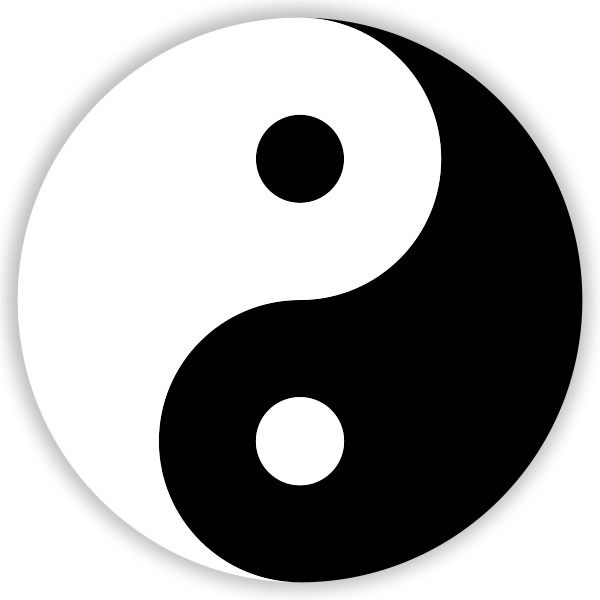
illustrates equipose and the tension that exists between those perfectly balanced forces. Ideally the yin and the yang are perfectly balanced. If that’s possible, and I’m not sure it is, it is a dynamic balance that’s hard to attain and even harder to sustain. Ideally, you live in the moment, but how do you live fully in the moment if you don’t fully understand your past and come to terms with it? What would this moment be like if you had never planned for the future? Equipose is a worthy goal, but life’s demands (feeding the dog, washing the dishes, preparing the meal) constantly pull us in different directions.

